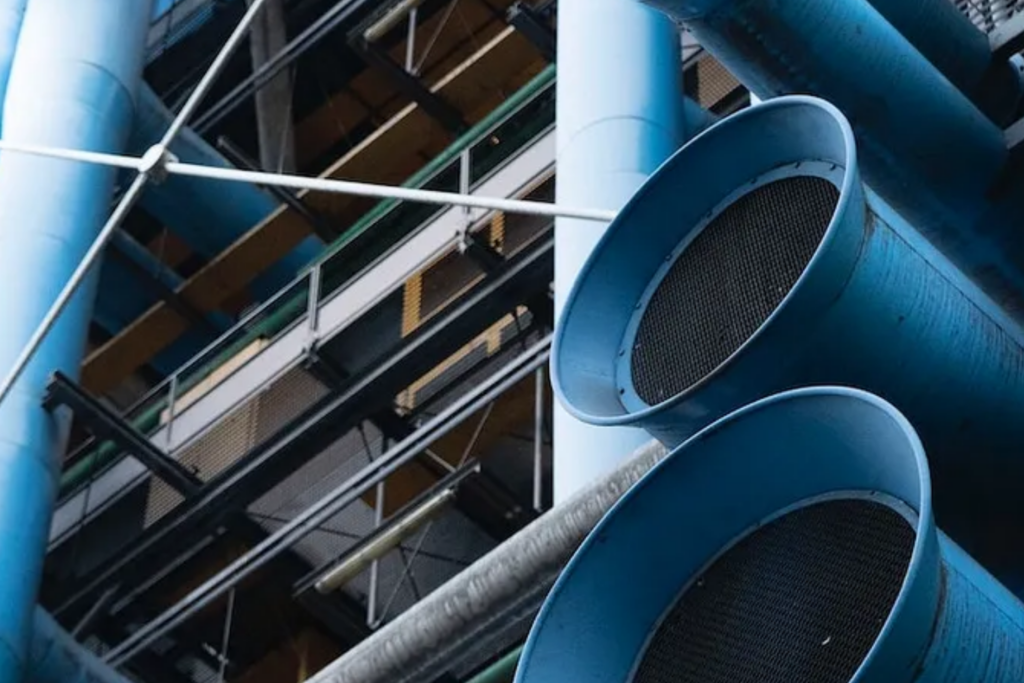Last week, the Department of Energy (DOE) announced the cancellation of $8 billion in clean energy projects, which included several projects in DOE’s Direct Air Capture (DAC) Hubs program. The Hubs program was DOE’s flagship effort to narrow the gap between the current technological maturity of DAC technologies and the large-scale requirements needed to eliminate legacy emissions.
According to reports, at least 10 projects have been terminated. Two of these projects were under topic area 2, or the design part of the program, designated to support mid-scale DAC facilities. The other eight projects are topic area 1 projects, or the feasibility studies.
At the same time, the House FY26 Energy and Water bill includes provisions to rescind $1 billion from the DAC Hubs program, cut the Office of Clean Energy Demonstrations (OCED), and impose 20 percent budget reductions on DOE’s Office of Fossil Energy (formerly Fossil Energy and Carbon Management). This is on the heels of Congress recently protecting the 45Q tax credit.
What this means
All together, these developments create enormous uncertainty for a growing sector that has been able not just to win bipartisan policy support over the past several years, but also secure billions in private capital. Below, we break down why this news is significant and what it signals for the future of the US’ carbon removal leadership.
Broken contracts
Much of the spotlight on DAC hubs has centered on the TA-3 projects — and for good reason. They represent over a billion dollar in investment and are some of the first megaton-scale projects. Yet TA-1 and TA-2 projects though smaller in scope, are the foundation for scaling to gigatons.
Early-stage deployments are crucial for driving innovation. A diverse portfolio of solutions allows us to learn which approaches deliver the most significant impact over time and recognizes that today’s top technologies might not be tomorrow’s best performers. But this innovation isn’t just technical. How we partner with communities will determine whether these solutions create lasting local benefits, build trust, and deliver durable climate outcomes.
DOE as a partner
If DOE rescinds its contractual obligations, the department could damage its credibility as a partner, particularly in its ability to steward multi-billion-dollar demonstration programs. The agency’s reliability has been central to building enduring private sector partnerships — not just for DAC but across its portfolio of programs.
Market signals
CarbonCapture Inc., one of the terminated awardees, announced last week that it will move operations to Canada, citing better incentives and a more stable regulatory environment. While we can’t speculate how DOE project deployment has impacted specific companies, this announcement does underscore how policy instability could drive innovation and the co-benefits of project deployment elsewhere.
There’s a growing global demand for CDR, both in the US and abroad. The EU has introduced the first EU-wide voluntary framework for certifying carbon removals, carbon farming, and carbon storage in products across Europe. Meanwhile, Canada has introduced investment tax credits to accelerate deployment, offering a 60% tax credit rate for investments in DAC projects. In the US, California has updated its cap-and-invest program to include DAC, and Louisiana has woven DAC into its economic development strategy, offering incentives to companies like Heirloom and Climeworks to establish operations in the state. The federal government can choose to be a part of this momentum, or risk ceding leadership to others.
Looking forward
The DAC Hubs program was designed with the vision that large-scale carbon removal could be technically viable and beneficial to communities. Pulling back funding is not just a reversal of this strategy, but it also jeopardizes the United States’ position as a global leader in carbon removal policy. With the future of the TA-3 projects uncertain, DOE’s next announcements matter. Transparency around decision-making and a recommitment to honoring existing contracts will determine whether the agency can rebuild trust.
Edited by Ana Little-Saña. Photo by Intricate Explorer.

